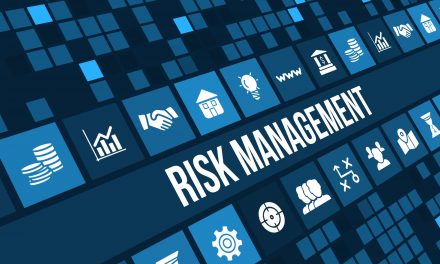
The Real Sales Process Definition: 4 Steps to Improving Your Sales Process

In the age of the internet, the marketplace has become more competitive than ever before. If you’re not able to stand out from the competition and you don’t have the most effective sales process, then you could end up going out of business pretty quickly.
By understanding the sales process definition, you can learn how to improve your own sales process and increase your conversion rate.
Are you interested in learning more? If so, then continue reading and we’ll go over everything that you need to know!
1. Map Out Your Current Processes
Many businesses have an informal sales process. This means that all of the employees just sort of know what’s supposed to happen and also who does what.
The first thing that you should do is map out all of those informal processes in order to get a clearer understanding of all the steps needed to make a sale.
Ask yourself, “how many emails do I have to send and who do I have to talk to in order to execute a sale?” Whatever the building blocks of the sales process are, you have to make sure that you can define them.
2. Define Your Key Performance Indicators
Writing down your processes is going to help you keep track of your prospects as they move from one step to the next. This is going to let you calculate how many leads successfully go through your sales pipeline. You should also know how long it takes to complete an average sale, from the beginning to its conclusion.
If you communicate with one hundred leads in a month, how many of those leads will move onto the next step? You can measure that percentage and then use it as a key performance indicator (KPI)
You can also calculate your average turnaround time. If it usually takes you three days to turnaround a quote, then you want to make sure that it’s not taking you several weeks to complete that step on other occasions.
3. Start Predicting Your Sales
You can compare your sales processes to a pipeline or funnel. When you calculate your rate of conversion at each step, you’ll be able to figure out what inputs you need in order to reach your sales goals. It then becomes more or less a numbers game, so long as you can hit your metrics.
It’s helpful to imagine that your sales pipeline is an upside-down pyramid. If half of your leads go onto the quote stage, twenty percent move to negotiations, and one-quarter close, then you’ll know that you have to talk to one thousand leads in order to move 25 units.
4. Boost Your Sales
After you’ve got your processes mapped out and you have a reliable forecast, it’s going to be much easier for you to increase your sales. You can calculate that in order to sell X amount of units, you’ll have to spend X amount of time and money in order to increase the number of prospecting calls.
You can then see if you increase numbers at one stage, you may be able to improve numbers at a different stage automatically. When you make new sales goals, it’s important that you actually write them down.
You can also use specialized technology to help boost your sales even more. This is especially apparent if you work in something like semiconductor equipment sales.
The Importance of Knowing The Real Sales Process Definition
As we can see, in order to improve your sales process, you first need to have a thorough sales process definition. Once you do that, you can see which areas of the process can be improved upon.
Are you looking for other helpful articles? If so, make sure to check out the rest of our blog today for more!










































